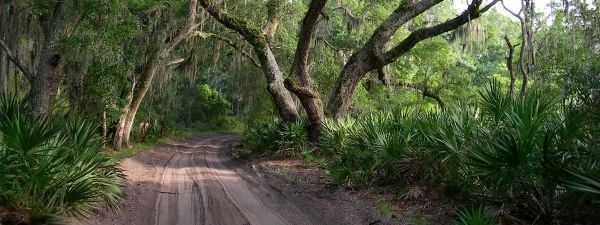In the spring of 2018, a centuries-old ship washed up on the shore of Guana Tolomato Research Reserve in Ponte Vedra Beach, Florida. It was almost as if its long journey through the years and the sea was destined to end at the reserve, where it will be protected, studied, and preserved. After all, the human history of this country is interwoven with its ecological history, and this connectedness is a large part of what the National Estuarine Research Reserve System works so hard to safeguard.
Within the historic marshes and wetlands of San Francisco Bay Reserve’s China Camp State Park is the site of a late 1800s Chinese shrimp fishing village, where about 500 immigrants from Canton brought the shrimping skills from their native land to San Francisco’s estuarine environment to create a successful life in their new home. Today, in addition to hiking and kayaking through this rare surviving remnant of California’s original landscape, visitors can learn the story of China Camp’s fishermen at the onsite museum.
On the other side of the country, among the diverse eelgrass, salt marsh, and rocky intertidal habitats at the convergence of five major river systems, the cultural history of New Hampshire’s Great Bay Reserve is equally diverse, dating back 6,000 years and spanning every stage of this country’s development. From its first residents—the Abenaki Native Americans—to the arrival of European settlers in the early 1600s, up until the 1970s, when local citizens rallied against shipping tycoon Aristotle Onassis and his plans to turn Durham Point into the world’s largest oil refinery, its people have been as hardy as its forests and fields.
Continue reading at NOAA.
Image via NOAA.


